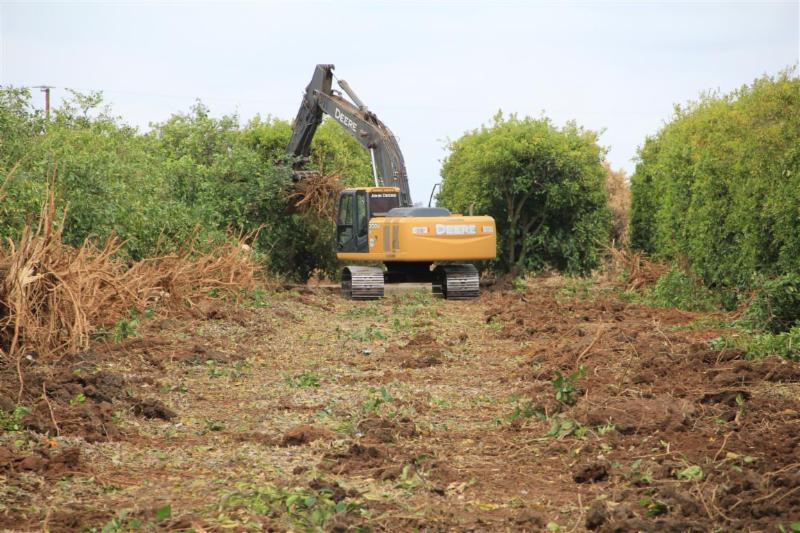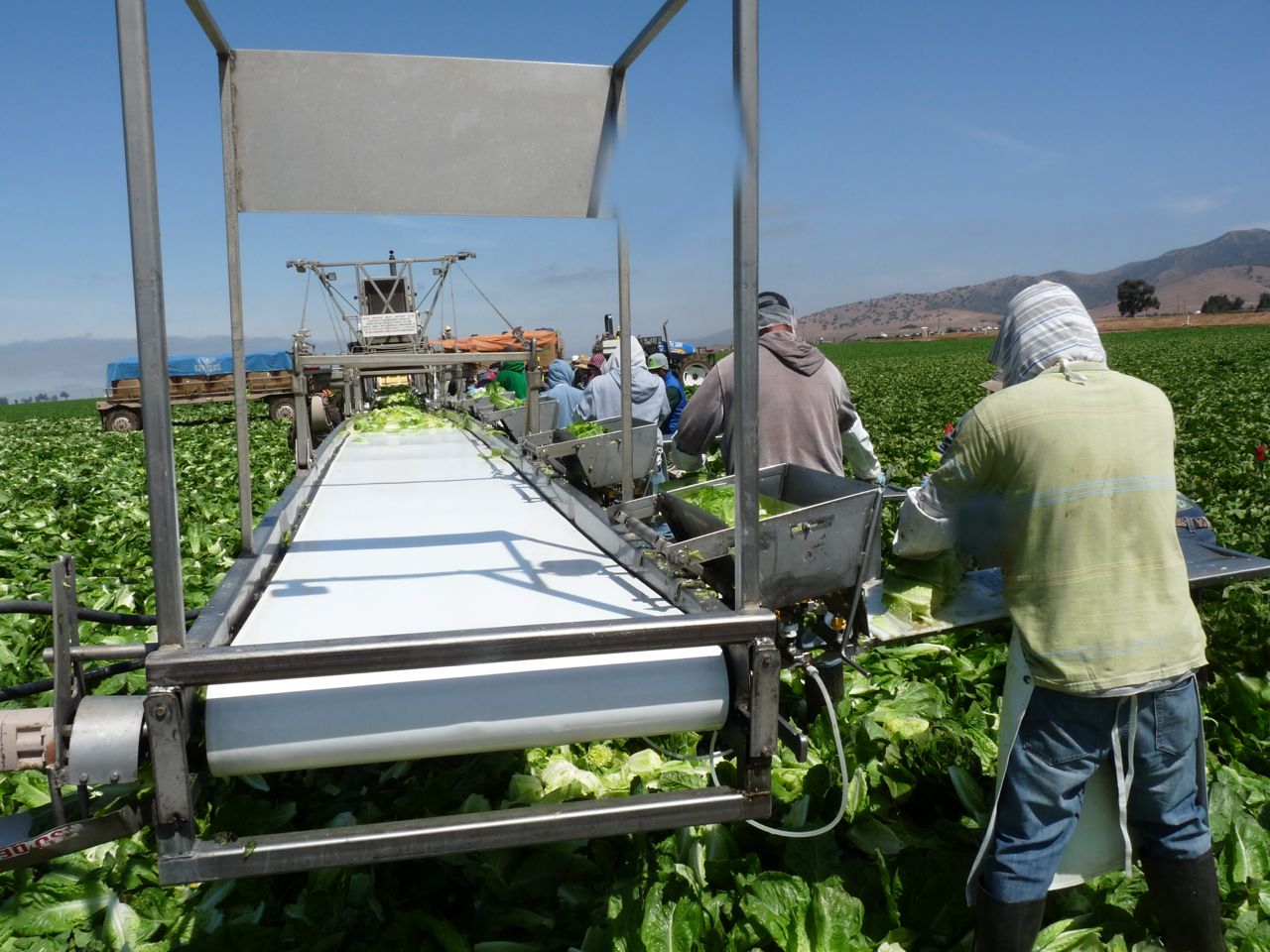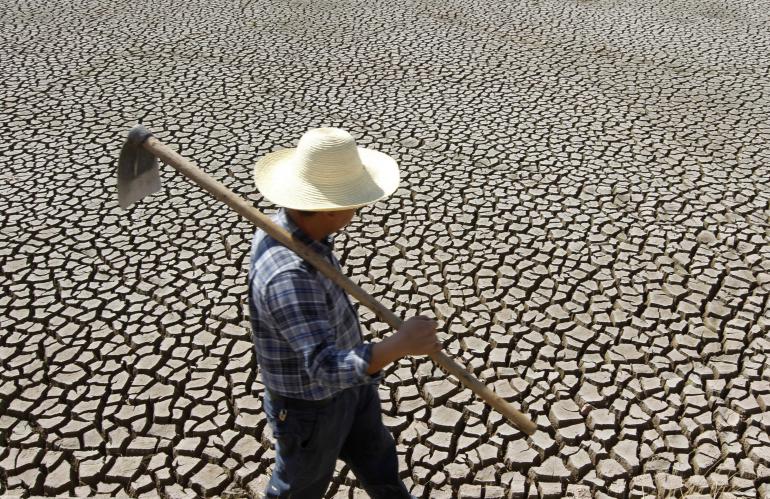CA Drought Devastates State’s Citrus Industry – June 6 in Bakersfield Orchard
California Citrus Mutual and Senators Fuller and Vidak to hold Press Conference June 6, 11:00 a.m.
Please join California Citrus Mutual, Senator Andy Vidak and Senator Jean Fuller for a press conference on the current water crisis and its devastating impact to the Central Valley’s $1.5 billion citrus industry and local communities.

Senator Jean Fuller

Senator Andy Vidak
The event is on Friday, June 6 at 11:00 a.m.in a Bakersfield citrus grove that is being pulled out of production due to zero surface water allocation [21662 Bena Rd., Bakersfield, CA]. The scene of removed groves is, unfortunately, becoming a familiar one throughout the Valley as citrus growers are faced with zero water allocation for the first time in the Central Valley Water Project’s history.
“The situation our industry is now faced with is not the result of a drought,” says CCM President Joel Nelsen. “It is the result of inaction and indifference by state and federal regulators who have time and again demonstrated that the production of food and fiber is not a priority.”
California Citrus Mutual estimates that nearly 50,000 acres of citrus will receive zero water allocation this year. “The loss of citrus production in the Central Valley will undoubtedly have a ripple effect that will be felt in many local communities,” continues Nelsen.
“Due to the zero water allocation, thousands of acres of citrus trees have already been destroyed resulting in higher food prices and lost jobs,” says Senator Fuller. “Now is the time for regulators to act on behalf of the farmers and residents of the Valley, get the water moving to where it is needed most, and stop the planned removal of thousands of more acres of citrus.”

California Citrus Mutual President Joel Nelsen
“The citrus industry is an economic driver in the Central Valley,” says Senator Vidak. “The loss of prime citrus production as a result of zero water allocation will have a lasting and devastating impact on jobs and our communities. This is not simply an agricultural problem; the impact will be felt by each and every one of us if water is not made available to our Valley.”
Speaking at the press conference will be CCM President Joel Nelsen, Senator Andy Vidak, and Senator Jean Fuller along with Valley citrus growers who have been directly impacted by this water crisis.
(Photo credit: California Citrus Mutual)


























